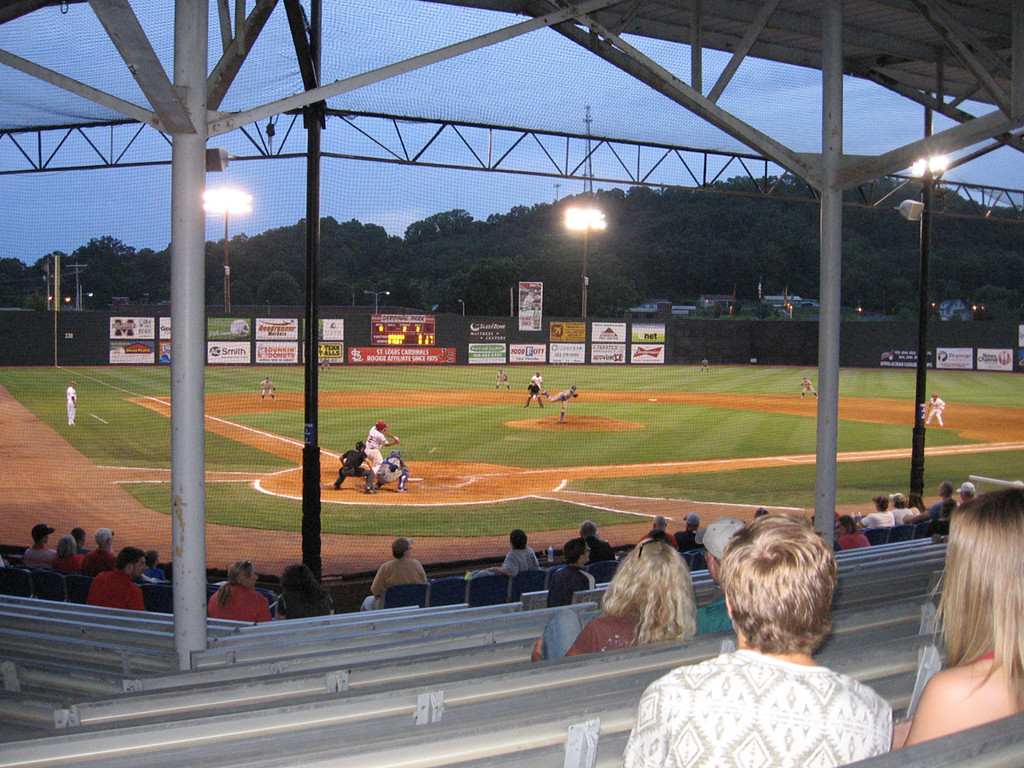A pitch by Major League Baseball to eliminate up to 42 teams has sent shock waves throughout the industry, but there’s one thing to remember: we’re in the top of the first inning in the negotiating process, and there’s a long way to go until the ninth inning.
That there would be some contention in these talks regarding the next agreement between MLB and MiLB, set to be implemented after the 2020 season, is no surprise in the industry. MLB signaled early on that facility quality and player comfort would be two huge drivers of conversations. In response, MiLB commissioned a study more than five months ago to determine the feasibility of upgrading facilities targeted by MLB for elimination. This came after MLB teams were polled regarding their feelings on the worst facilities in their farm systems.
One important thing to remember: what MLB considers on the facilities front is totally different than what fans interact with during the course of a game. For a Major League team, a facility is defined strictly as the player amenities: clubhouse, workout area, support spaces like a kitchen or player lounge, and enclosed batting/pitching cages. It doesn’t appear as though on-field upgrades play any role in this evaluation: the Lowell Spinners (Short Season A; NY-Penn League) are targeted for contraction even though team ownership installed new high-grade LED lighting system and new turf over the past few years at LeLacheur Park. And fan spaces, attendance or market performance or potential certainly don’t play a role in the MLB evaluations.
But then again: MLB is not being very precise about what exactly constitutes an acceptable facility. One of the biggest factors fueling the growth of Minor League Baseball in recent decades was the introduction of facilities standards covering every aspect of a ballpark, ranging from the number of urinals in fan restrooms to the minimum size of a player clubhouse. This gave MiLB a road map for expectations when negotiating for new or renovated ballparks. This time MLB officials have not made it clear exactly what they’re looking for in a facility, nor are MiLB teams being given a chance to upgrade their ballparks to meet any guidelines. When MLB officials say that MiLB has not been willing to discuss facility upgrades or player comfort, that’s simply not true. Adding a mid-Atlantic league to cut down on player travel on the Low-A level would be welcomed by many in the industry, and any proposal to flatten out two levels of Single-A ball to further address player travel would certainly have its adherents.
The proposal to eliminate 42 teams wasn’t the first proposal made by MLB reps on the negotiating committee: for example, there was the potential of adding a third Triple-A league to cut down on travel, but it’s not clear whether this is still under consideration. And, given the rather fluid nature of these negotiations, we could see some other demands come down the pike.
But there’s not necessarily unanimity in the MLB world about the demands made by the MLB negotiators—one week the Cubs, Indians and Phillies are seeking an Appalachian League affiliate, and the next the Appy League is targeted for contraction—and with the negotiations spilling into the public sphere, forces outside the sports-business world are bound to get involved. Taking shots at greedy MLB owners will be a very easy, bipartisan sell for U.S. senators and representatives from rural states who could lose one or more teams. There’s just no downside for a politico on either side of the aisle to decry the loss of grassroots baseball, whether it be a liberal from New York State or Massachusetts, or a conservative from Tennessee, Montana or Iowa. Thinking that a Joni Ernst or a Chuck Grassley would pass on the opportunity to rail against the MLB fat cats is naïve. Inevitably we’ll see attempts to rescind MLB’s treasured anti-trust exemption—and with 33 U.S. Senate seats up for election in 2020, the exemption would be an easy target.
So the fight is just beginning, and we will see a fight. MiLB President and CEO Pat O’Conner told The Athletic that he’s willing to battle with MLB over the future of the sport:
“Those communities will lose their baseball as a result of the economics. This is not strictly about facilities and player health and wellness. I think it’s a matter of them wanting to exert more control over the minor leagues.
“I don’t think they have a right to juggle our organization, and they’ve been very firm about (saying): You need to do this. If you don’t, we’ll go find somebody who will….
“If we are forced to defend ourselves and fight for our mere survival, we will. We would hope to negotiate a reasonable settlement with MLB. Short of that we have multiple options. Appealing to Congress, state, county and local elected officials is certainly one of them.”
This should make for a fascinating Winter Meetings in San Diego—and some fascinating negotiations before a final agreement is reached.
Photo of Johnson City’s TVA Credit Union Ballpark by Mark Cryan.
RELATED STORIES: Radical MiLB Realignment Proposed by MLB

